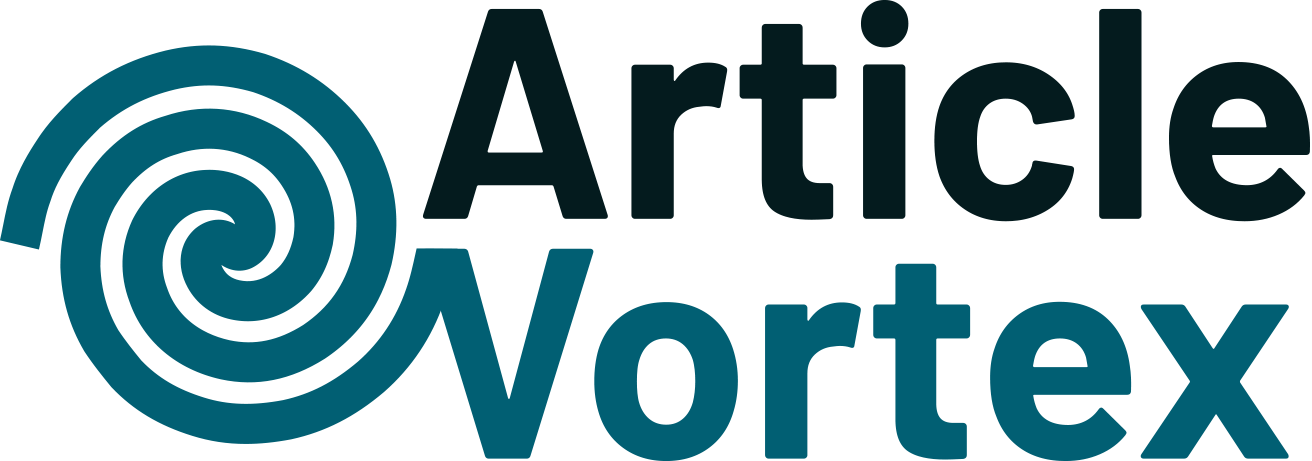Understanding the Lease-to-Own Model for RVs
Embarking on the journey of owning a recreational vehicle (RV) can be both thrilling and daunting. The lease-to-own model offers a unique pathway for enthusiasts to transition from renters to owners. Unlike traditional purchasing methods, lease-to-own allows you to lease an RV for a specific period with the option to buy it at the end of the lease term. This approach can be particularly appealing for those who are not ready to commit to a full purchase upfront or who wish to test the waters of RV ownership.
The lease-to-own model generally involves lower initial costs compared to outright purchasing. This can be a significant advantage for individuals who are conscious of their budget. During the lease period, the lessee pays a monthly fee, which typically includes a portion that goes towards the eventual purchase of the vehicle. This gradual payment plan can make the dream of owning an RV more accessible to a wider audience.
However, it’s essential to understand the terms and conditions associated with lease-to-own agreements. These contracts often come with specific stipulations regarding maintenance, mileage limits, and potential penalties for early termination. Prospective lessees should carefully review these terms to ensure they align with their lifestyle and financial capabilities.
Financial Implications and Benefits
One of the primary considerations when opting for a lease-to-own RV is the financial aspect. This model offers several benefits that can make it an attractive option for many. Firstly, the lower initial cost can alleviate the burden of a large upfront payment, allowing individuals to allocate their resources more effectively.
Additionally, the monthly payments in a lease-to-own agreement can often be lower than traditional loans, making it easier to manage within a monthly budget. This can be particularly beneficial for those who are new to RVing and are uncertain about the long-term commitment.
On the flip side, it’s important to be aware of the potential drawbacks. The overall cost of leasing to own can sometimes be higher than purchasing outright due to interest rates and fees. It’s crucial to compare these costs with traditional financing options to determine the most cost-effective route.
- Lower initial costs
- Manageable monthly payments
- Potentially higher overall costs
Ultimately, the decision should be based on a thorough evaluation of one’s financial situation and long-term goals.
Comparing Lease-to-Own with Traditional Purchase
When deciding between lease-to-own and traditional purchase, it’s essential to weigh the pros and cons of each method. Traditional purchasing involves a straightforward transaction where the buyer pays for the RV upfront or through financing, gaining immediate ownership. This approach is suitable for those with the financial means and certainty about their commitment to RVing.
In contrast, lease-to-own provides flexibility and a trial period before making a full commitment. This can be particularly beneficial for newcomers to the RV lifestyle, allowing them to experience the realities of RV ownership without the immediate financial pressure.
However, traditional purchasing may offer long-term financial advantages. By owning the RV outright, you avoid the interest and fees associated with leasing. Additionally, there are no restrictions on usage or mileage, providing more freedom for extensive travel.
- Traditional Purchase: Immediate ownership, no usage restrictions
- Lease-to-Own: Flexibility, lower initial cost
Ultimately, the choice between these options depends on individual preferences, financial situation, and long-term plans.
Legal Considerations and Contractual Obligations
Before entering a lease-to-own agreement, it’s crucial to understand the legal implications and contractual obligations involved. These agreements are legally binding and come with specific terms that must be adhered to throughout the lease period.
Key elements to consider include maintenance responsibilities, mileage limits, and the conditions for exercising the purchase option. It’s essential to clarify who is responsible for routine maintenance and repairs, as neglecting these duties can lead to penalties or voiding the contract.
Mileage limits are another critical aspect, as exceeding the agreed-upon limits can result in additional fees. Prospective lessees should assess their travel plans to ensure they align with these restrictions.
Lastly, understanding the process and costs associated with exercising the purchase option is vital. This includes any fees or adjustments that may apply when transitioning from leasing to owning the vehicle.
- Maintenance responsibilities
- Mileage limits
- Purchase option conditions
By thoroughly reviewing and understanding the contract, lessees can ensure a smooth and successful transition to RV ownership.
Exploring the Road Ahead: Making the Right Choice
The decision to embark on a lease-to-own journey for an RV is a significant one, filled with opportunities for adventure and new experiences. This model offers a unique blend of flexibility and financial feasibility, making it an attractive option for many prospective RV owners.
For those who value the ability to test the RV lifestyle before committing fully, lease-to-own provides a practical solution. It allows individuals to explore the open road and discover the joys of RVing without the immediate financial burden of ownership.
However, it’s essential to approach this decision with careful consideration and thorough research. Understanding the financial implications, legal obligations, and personal preferences is key to making an informed choice that aligns with one’s lifestyle and goals.
As you navigate this journey, consider the following:
- Evaluate your financial situation and long-term goals
- Research and compare different lease-to-own agreements
- Consider your travel plans and lifestyle preferences
By taking these factors into account, you can confidently choose the path that leads to a fulfilling and enjoyable RV ownership experience.












